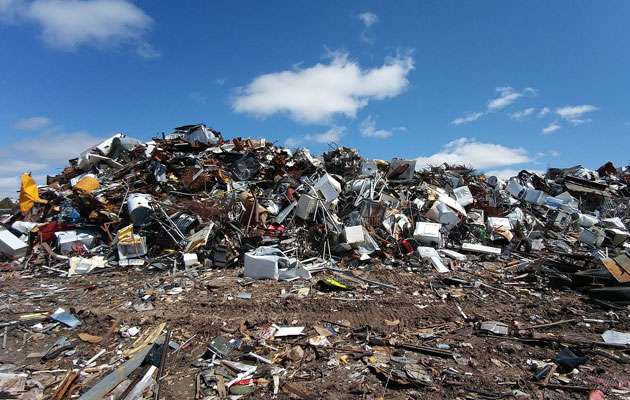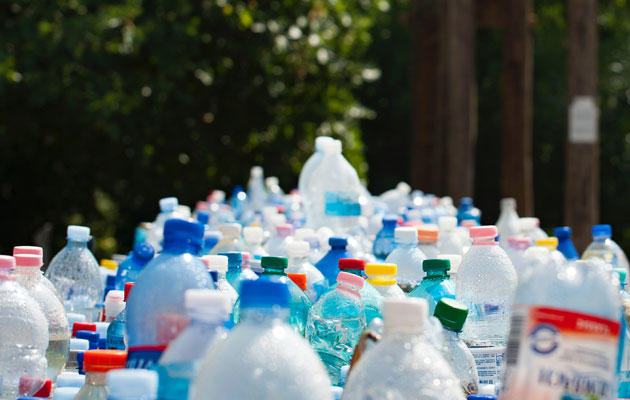Did You Know?
It’s no secret that recycling is good for the environment, but not everything is recyclable.
Check with your local recycle center to find out what you can and cannot recycle.
It’s no secret that recycling is good for the environment, but not everything is recyclable.
Check with your local recycle center to find out what you can and cannot recycle.

Paper recycling is the process of turning waste paper into new paper products. 90% of paper pulp is made of wood and its production accounts for about 35% of felled trees. It has been estimated that recycling half the world’s paper would save approximately 81,000 km2 of forestland.
Other environmental benefits of recycling papers are reductions of the following:
Scrap metal recycling reduces greenhouse gas emissions and uses less energy than making metal from virgin ore. EU figures indicate that using recycled raw materials, including metals, cuts CO₂ emissions by about 200 million tonnes every year.
The amount of energy saved using various recycled metals compared to virgin ore is up to:
Other environmental benefits of using recycled steel to make new steel are reductions of approximately:


Plastic recycling is the process of reprocessing scrap or waste plastics into useful products, sometimes completely different from their original state. Recently, a popular use of recycled plastic is for the creation of fabrics from recycled PET.
Typically, a plastic is not recycled into the same type of plastic, and products made from recycled plastics are often not recyclable. Biodegradable plastics, if mixed with plastics, will make the reclaimed plastics no longer recyclable because of the variance in properties and melt temperatures.